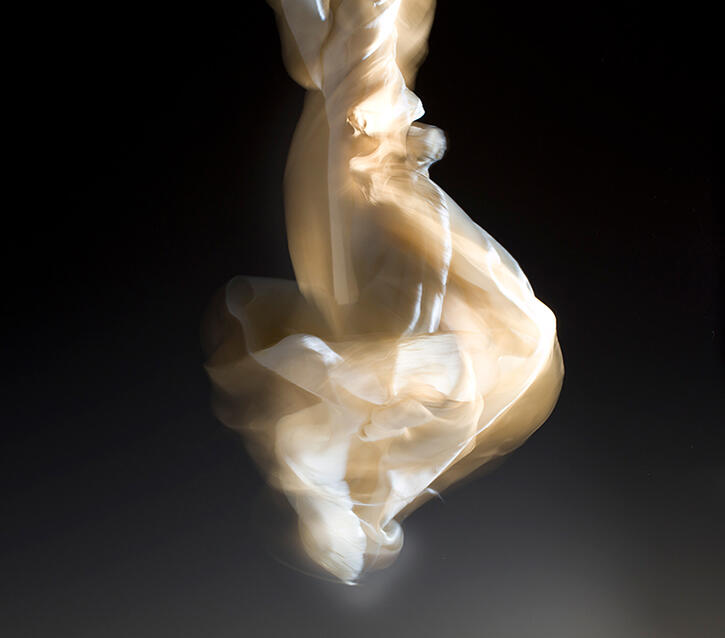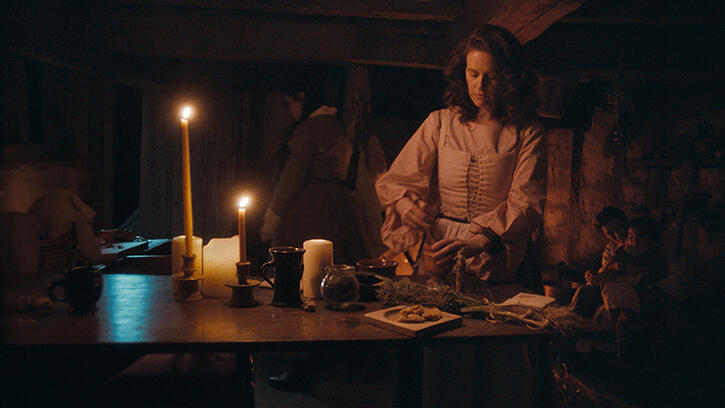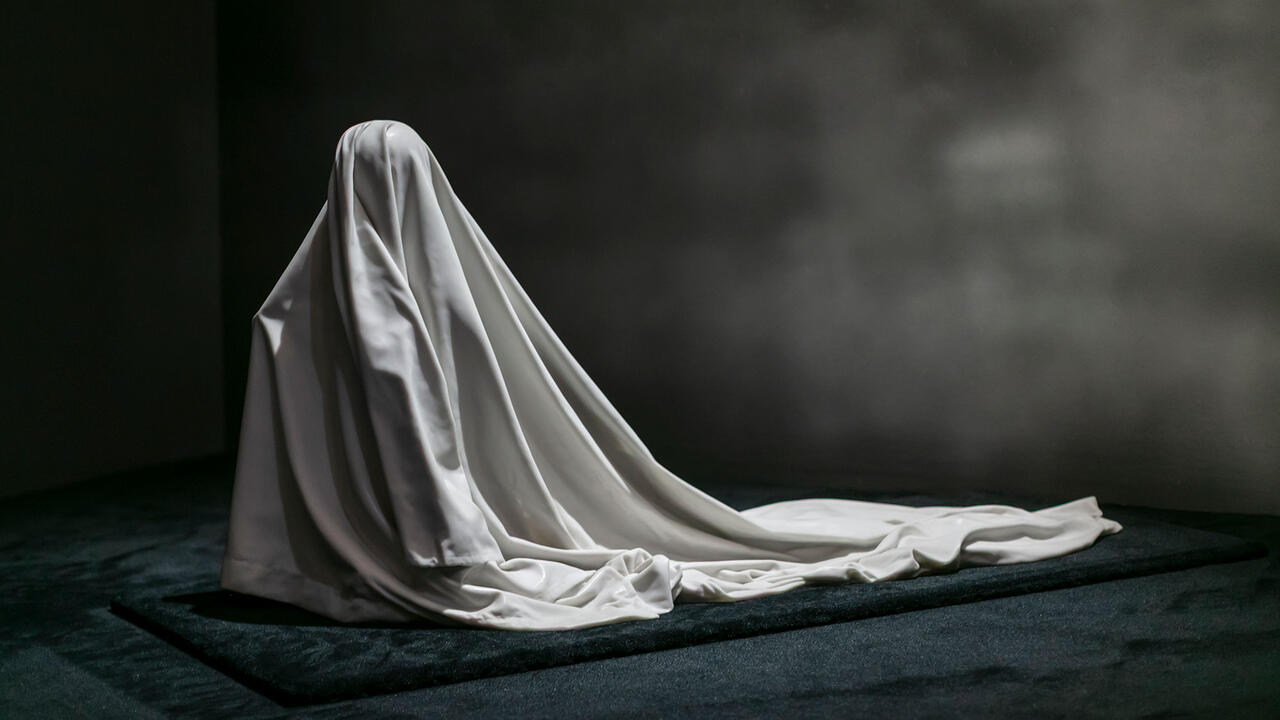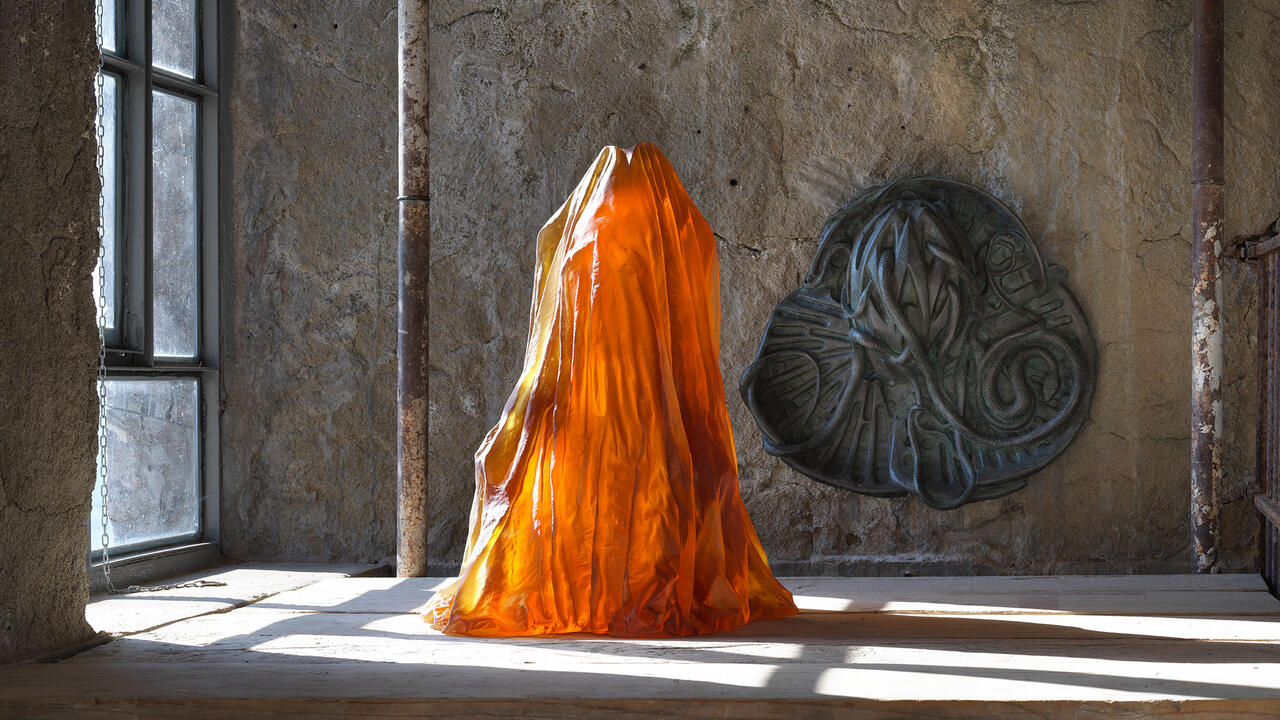The Return of the Witch in Contemporary Culture
Why is the figure of the witch and magical practice making a 21st-century comeback in the arts?
Why is the figure of the witch and magical practice making a 21st-century comeback in the arts?

‘There is a witchcraft to science and a science to witchcraft,’ declares Rain, resplendent in lipstick and eye-shadow the colour of agapanthus. She is the central character in Hello, Rain (2018), a short film by director C.J. Obasi, based on the story Hello, Moto (2011) by Nnedi Okorafor, a major name in the literary genre known to some as Afrofuturism. Rain, who is associated not only with technological expertise but also nature and spiritual knowledge, creates a trio of magical wigs, ‘to make things better’. But, in giving two of them to her well-off friends, Coco and Philo, she quickly loses control. Chaos ensues. The narrative begins with Rain attempting to destroy the wigs with a digital virus, defending herself with alligator pepper (used in Igbo naming ceremonies) and even praying to a God that she does not believe in. Both film and story form a warning: ‘Don’t ever mix juju with technology.’

In combining technology with diverse religious and magical practices, Okorafor’s writing and Obasi’s visually electric adaptation both point to a recent resurgence of interest in the complex figure of the witch among contemporary artists and writers, all approaching the subject from different contexts and perspectives. Currently on show at the Ashmolean Museum, Oxford, is ‘Spellbound’, an exhibition tracing a history of magic across eight centuries which also includes new work by artist-duo Ackroyd and Harvey, Annie Cattrell, and Katharine Dowson. Newly launched independent publishers Ignota Books have just released Spells, a collection of ‘21st century occult poetry’. In 2019, Penned in the Margins are publishing Witch, a new collection from poet Rebecca Tamás, one of the editors of Spells.
But why now? ‘The visibility of witchcraft today has its roots in long histories of oppression and instability,’ explains artist Hestia Peppe, currently researching for a practice-based PhD in divination as an expanded practice of reading at Sheffield Hallam. ‘Many are experiencing context collapse caused by war, climate change, massive digital noise, spectacle and algorithmic control. If agency and knowledge are withheld or obscured then you have to look for other ways to get them.’

Peppe makes an important distinction between two approaches to magic: ‘Witches’ magic is the wisdom and practice of oppressed peoples; the occult is the organized keeping of secrets by those in power’. Witches’ magic is embodied knowledge; occult magic is closer to black-box military technology. ‘It is naïve to simplify the politics of magic and overlook its use by fascists and white supremacists,’ says Peppe.
In this context, the witch has become an important motif for feminist, environmentalist, and post-colonial reinterpretations, with philosopher Silvia Federici the touchstone thinker. Federici has a new book out this year – Witches, Witch-Hunting, and Women (2018) – but Caliban and the Witch (1998) remains the seminal text. In it, Federici argues that the witch-hunt of medieval Europe was ‘one of the most important events in the development of capitalist society and the formation of the modern proletariat’. Constituting ‘a campaign of terror against women,’ the witch-hunts ‘weakened the resistance of the European peasantry to the assault launched against it by the gentry and the state’. Furthermore, Federici argues, ‘the witch-hunt deepened the divisions between women and men, teaching men to fear the power of women, and destroyed a universe of practices, beliefs, and social subjects whose existence was incompatible with the capitalist work discipline’. The same strategy was then employed across the world in the service of colonialism.

These arguments have guided many contemporary artists. Rachel Rose’s video installation Wil-o-Wisp (2018) portrays land enclosure and the persecution of women in 16th-century England; the recent paintings of Alejandra Hernández, such as Golden Portal (2018), reference Federici in paying tribute to female power; Delaine Le Bas quotes Federici directly in her carefully chaotic solo show, ‘Untouchable Gypsy Witch’, at Transmission Gallery, Glasgow (until 8 December); and Jesse Darling has cited Federici as one influence on the artist’s own view that ‘the rational doctrine of post-enlightenment secular modernity was just another form of theology’.
Witchcraft is the beating heart of Tremble Tremble (2017) by Jesse Jones. Commissioned for the 57th Venice Biennale and now showing at Talbot Rice Gallery, Edinburgh (until 26 January 2019), Tremble Tremble is a large-scale film installation that represents a sustained engagement with the history of witchcraft in Ireland. Jones’s work centres on a white-haired giantess played by Olwen Fouéré. She looms above us, muttering ancient texts as she peers at the puny furniture of a law court. Her body, at times, is like a landscape: ‘proletarian women became for male workers the substitute for the land lost to the enclosures,’ wrote Federici (who contributed an essay to the accompanying book). Tremble Tremble threads together both historic texts (the Malleus Maleficarum, a 1487 treatise on witchcraft) and contemporary political activism – specifically the successful campaign to repeal Ireland’s constitutional ban on abortion in 2018.
But witches find themselves at the centre of an anti-feminist counter-current too. In the Middle Ages, those accused of witchcraft were mostly poor peasant women; those accusing them were wealthy and powerful. Today, in a strange inversion, it is those with the most power who seek to stake a claim for victimhood. This is consistent with the paranoid conspiracy theories embraced by white supremacists. Donald Trump has tweeted ‘witch hunt’ over 110 times between May 2017 and August 2018. ‘Witch hunt!’ has been the cry of such poor persecuted outcasts as Toby Young and Roger Scruton.

Real, rather than imagined, witch-hunts have reportedly been on the rise in Nigeria, where Hello, Moto and Hello Rain are set. NGOs have blamed poverty, urbanization and the collapse of traditional communities, as well as Christian preachers like Helen Ukpabio. As ever, the targets are the most vulnerable.
Hello, Moto reads, I think, as a critique of those who would appropriate spiritual belief as a tool of oppression. Okorafor’s text was first published in 2011, the year after a series of violent riots around the Nigerian city of Jos. Homes and religious buildings were burnt down and hundreds killed, including women and children. The BBC described ‘Muslim-Christian clashes’ but others linked the riots to economic deprivation. In Hello, Moto Philo and her wig are to blame for rioting in Jos.
Rain’s witchcraft was intended, she says, ‘to cure the deep-seated culture of corruption by giving people hope and a sense of patriotism’. But on the heads of the vain and greedy, the enchanted juju wigs aid only those who wear them: the power they offer is individualistic, secretive, and exclusionary. Philo looks down on the women who ‘slaved away’ selling food in the open-air market and cooking for their families at home. In the market their labour commands a price; at home, none at all. The text is peppered with mentions of naira, the currency of Nigeria.
‘Like the nation we were trying to improve, we became backward,’ says Rain. ‘Instead of giving, we took.’ Despite Rain’s best intentions, her magic does not offer any shared way out from the logic of capitalism. Instead, it encourages a disdainful sense of superiority in the privileged few and exacerbates the ‘corruption already rife in this country’. Magic, after all, has always been a question of power.
Main image: Salvator Rosa, Witches at their Incantations, c. 1646, oil on canvas, 72 x 132 cm. Courtesy: © National Gallery, London




















